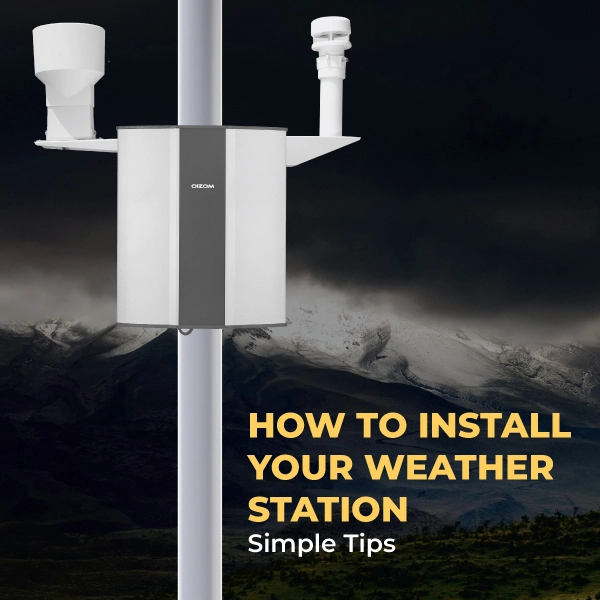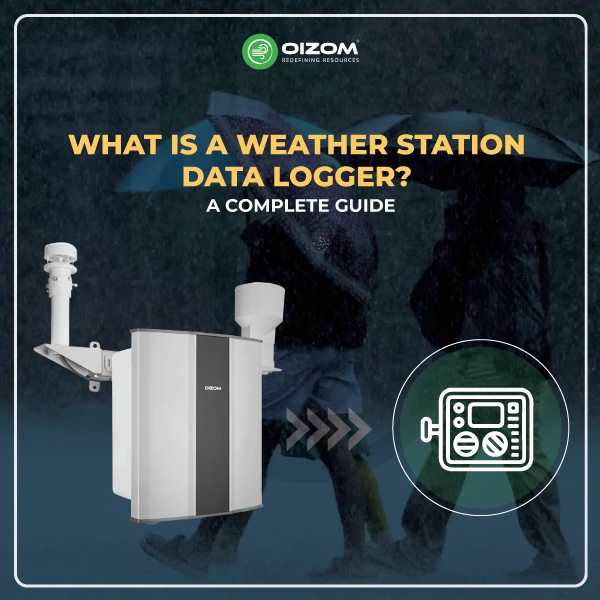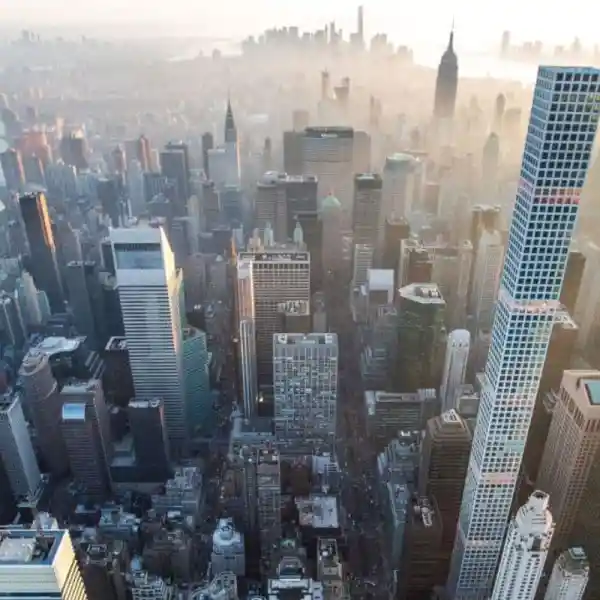Key Takeaway Points:
- Choose the Right Location: For accurate readings, install your weather station in an open, level area away from obstructions.
- Avoid Reflective Surfaces: To prevent inaccurate temperature readings, keep the station away from heat-reflective surfaces like concrete and asphalt.
- Mounting Stability: Ensure the station is securely mounted at the correct height for reliable wind measurements.
- Sensor Connections: Carefully connect all sensors according to the manufacturer’s instructions for accurate data collection.
- Power Supply: Use the appropriate power source, whether batteries or solar, to maintain continuous operation.
- Calibration is Crucial: Follow the manufacturer’s guidelines for calibrating sensors to ensure data accuracy.
- Wireless Connectivity: Set up wireless connections to monitor weather data remotely from your devices.
- Regular Maintenance: Clean sensors regularly and replace batteries to keep your system functioning correctly.
- Firmware Updates: Keep your weather station’s software updated for improved performance and security.
- Consult Manuals or technical team: Always refer to the manufacturer’s installation and operation manuals to ensure proper setup and reliable data.
How to Install Your Weather Station: Simple Tips.

Weather stations are becoming increasingly popular among people, schools, and industries that want to monitor and understand weather patterns. Whether you are a enthusiast about weather or a professional meteorologist, installing a weather station will offer you accurate and real-time weather information.
Installing a weather station system will help you in obtaining accurate and reliable information about local weather conditions. A well-installed weather station may make all the difference, whether you’re a farmer monitoring the climate for improved crop management, a researcher gathering data for environmental studies, or a meteorologist interested in tracking the elements. However, you must follow a few important installation instructions to get the most out of your system.
This blog will guide you through the key considerations to ensure your weather station is set up correctly and efficiently. From choosing the optimal location for accurate readings to ensuring all components are securely mounted and protected from the elements, we’ll cover the often-overlooked basics. We’ll also share tips on calibrating your sensors, ensuring proper connectivity, and maintaining your system for long-term accuracy.
Why Install a Weather Station?
Before we get started with the installation, let’s talk about why you need a weather station. Weather stations provide some benefits, including:
- Daily weather monitoring: A weather station can measure temperature, humidity, wind speed, and precipitation. This information is critical when planning outdoor activities, airports, construction projects You can also monitor the weather in your agriculture lands.
- Accurate weather predictions: Installing a weather station on your property allows you to collect exact data about your location. This data can help you develop more accurate forecasts for your area, particularly for localized occurrences such as thunderstorms and snowfall.
- Climate research: Weather stations help scientists and researchers by giving detailed data over time. This information aids in understanding long-term weather patterns and climate change.
Choosing the Right Location
Select an appropriate location for your weather station.
- Open space: It should be in an open region free of barriers like buildings, trees, or anything else that could interfere with measurement accuracy.
- Avoid reflective surfaces: Place the weather station away from surfaces that reflect heat or sunlight, such as concrete and asphalt. These surfaces can produce misleading temperature measurements.
- Level ground: Make sure that the installation site is level. This ensures that the rain gauge performs properly and provides accurate measurements.
- Accessibility: Choose a convenient location for routine maintenance and data retrieval. This will make upkeep more convenient and effective.
Installing the Weather Station
Now that you know where to install your weather station, you may wonder what things you’ll need. Installing a weather station requires numerous procedures. Here’s a general guide for installing a basic weather station:
- Mounting the weather station: Secure it in the desired location with the provided mounting brackets or a pole, ensuring it is stable and at a suitable height for reliable wind measurements.
- Connecting the sensor: Carefully connect the various sensors, such as the anemometer (which measures wind speed), tipping bucket (which measures the precipitation), and other relevant sensors. Follow the manufacturer’s directions to ensure good connections.
- Power supply: Determine whether your weather station requires batteries or an electrical connection. Connect the power source according to the instructions to ensure continuous operation.
Imagine you’re in a remote desert or an off-grid spot, and you need reliable weather data, no matter the environment. With no access to the electric grid, what’s the solution? Oizom’s Weathercom is your answer. It’s 100% solar-powered, making it perfect for off-grid areas. Plus, it’s trusted by IMD and WMO for its accuracy and reliability.
Configuring the Weather Station
Once your weather station is set up, it’s time to get it configured. Here’s how to do it:
- Calibration: Before continuing, you must calibrate your instruments. Follow the manufacturer’s instructions for accurately calibrating each sensor. For optimum data quality, Oizom implements a two-stage calibration process following international guidelines by USEPA. The first stage involves Zero and span calibration, performed in a clean and controlled lab environment using known NIST traceable gas cylinder concentrations. The second stage involves co-locating Oizom units with FEM/FRM-designated reference grade analyzers to fine-tune the data in the ambient conditions further.
- Time and date: Set the appropriate time and date on your weather station. This step guarantees that the data you obtain is properly timestamped.
- Wireless connections: If your weather station has wireless connectivity, configure it to connect to your preferred devices, such as smartphones, tablets, or PCs. This enables you to track and evaluate weather data remotely.
Regular Maintenance and Troubleshooting
Sensors and equipment are inspected and cleaned regularly to maintain proper operation. It is critical to clear collected rain, snow, or debris as soon as possible, especially during inclement weather. Regular maintenance is required to ensure consistent performance from your weather station. Here are some maintenance advice and typical troubleshooting steps:
- Cleaning: Keep the weather station and its instruments clean regularly. Remove any dirt, debris, or spider webs that could cause inaccurate readings.
- Battery replacement: If your weather station is powered by batteries, check their condition regularly and replace them as needed to avoid data gathering interruptions.
- Firmware updates: Firmware updates are weather station software upgrades that improve your device’s performance, functionality, and security. Download the latest software upgrades for your weather station.
- Troubleshooting: If you notice any problems or inconsistencies with your weather station’s data, consult the manufacturer’s troubleshooting guide or contact their support project staff for assistance.
Conclusion
Finally, Installing and configuring a weather station can be a thrilling experience, delivering significant insights into local weather trends, conditions, and more. By following the instructions in this article, you can ensure a successful installation while also increasing the quality and reliability of your weather data. Remember to select the ideal place, properly install the weather station, calibrate the sensors, and understand the data collected. Regular maintenance and troubleshooting will ensure that your weather station runs properly, allowing you to enjoy the benefits of having your own personal weather monitoring system.
In conclusion, read and follow the manufacturer’s complete installation and operation manuals before installing a weather station. The process may differ depending on the manufacturers and characteristics of your weather monitoring system. This assures proper installation and accurate and dependable weather data.
FAQs
The best spot is in an open area away from buildings, trees, and other obstructions to ensure accurate readings.
Yes, most weather stations come with easy-to-follow instructions; others have manuals for the installation or a project team to assist them in the installation process.
Weather stations are typically powered by solar panels or batteries, making them ideal for off-grid locations.






